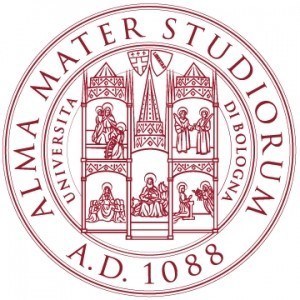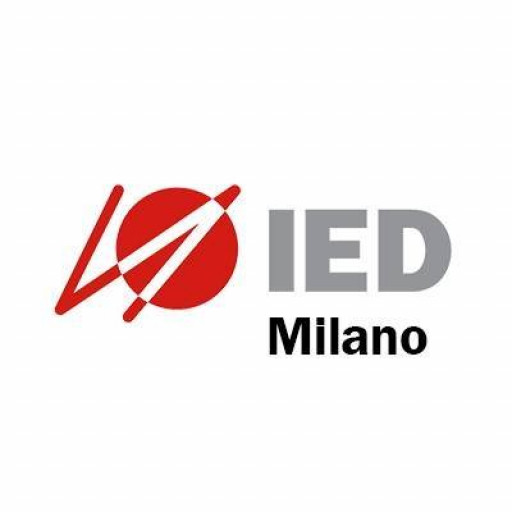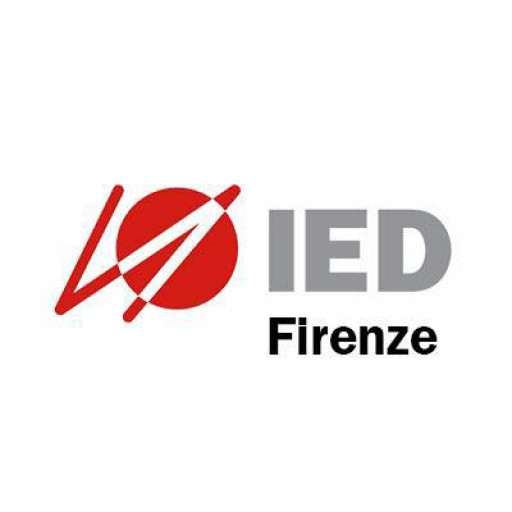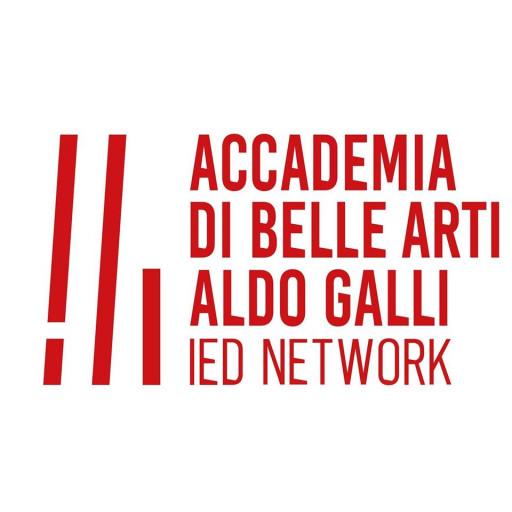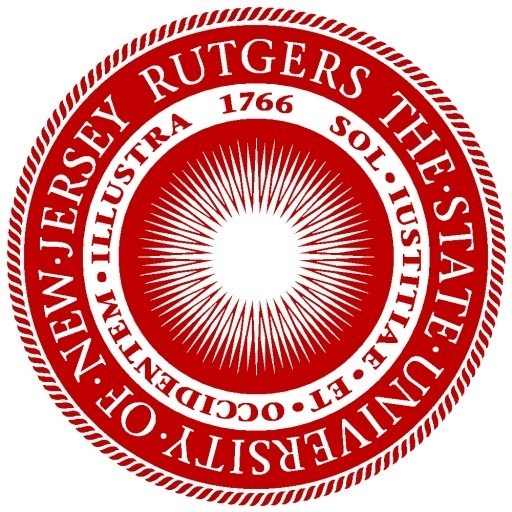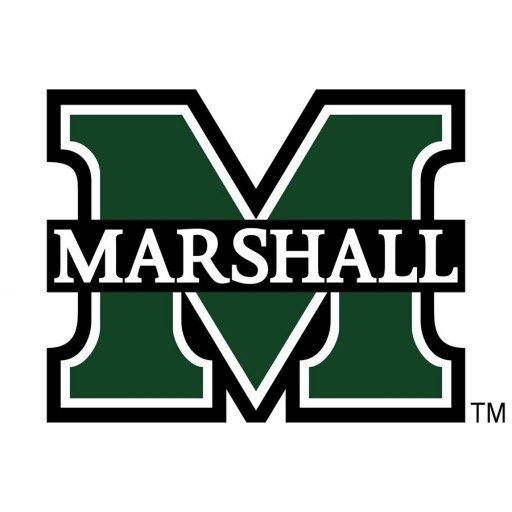The Bachelor of Arts in Visual Arts at Swinburne University of Technology offers students a comprehensive and dynamic education in contemporary visual arts practices. Designed to foster creativity, innovation, and critical thinking, this program provides students with a solid foundation in various artistic disciplines, including painting, drawing, sculpture, installation, photography, and digital media. Throughout their studies, students engage with both traditional and emerging art forms, enabling them to develop a versatile portfolio and a nuanced understanding of visual culture.
The curriculum is carefully structured to combine practical skills with theoretical knowledge. Students participate in studio-based learning, where they experiment with different materials and techniques under the guidance of experienced faculty and industry professionals. They also explore contemporary issues and theories related to art and society, encouraging reflective practice and inquiry. The program emphasizes the development of individual artistic voices while fostering an understanding of the historical and cultural contexts of visual arts.
Students have access to state-of-the-art facilities, including art studios, digital labs, and exhibition spaces, providing an ideal environment for creation, experimentation, and presentation. The program also offers opportunities for internships and industry placements, allowing students to gain real-world experience and establish professional networks. Additionally, collaborations with art galleries, museums, and community organizations enhance the learning experience and prepare students for careers in various sectors, such as fine arts, curatorial work, education, and digital media.
Graduates of the Bachelor of Arts in Visual Arts at Swinburne are equipped with the skills to pursue diverse artistic careers or further study in postgraduate programs. The program nurtures innovative thinkers and skilled practitioners ready to contribute to the evolving landscape of contemporary art. With a focus on both individual expression and critical engagement, the course is ideal for passionate artists eager to make a meaningful impact in their communities and the wider cultural sector.
The Bachelor of Visual Arts program at Swinburne University of Technology offers students a comprehensive and dynamic education in the field of contemporary visual arts. This program is designed to nurture creativity, critical thinking, and technical skills, preparing graduates for diverse careers within the arts industry. Throughout the course, students engage with a wide range of artistic practices, including painting, sculpture, digital media, installation, and mixed media. The curriculum emphasizes experimental approaches and encourages students to develop a unique artistic voice while understanding the theoretical and historical contexts of art.
Students will have access to state-of-the-art facilities, including dedicated studios, workshops, and digital labs, enabling them to experiment with various mediums and techniques. The program combines practical skill development with rigorous theoretical studies, fostering an understanding of key concepts such as aesthetics, visual culture, and the social roles of art. The curriculum is designed to be flexible, allowing students to tailor their learning experiences to their interests and career aspirations.
Throughout their studies, students will participate in exhibitions, collaborative projects, and industry placements, providing valuable real-world experience and networking opportunities. The program also emphasizes the importance of digital literacy in the arts, integrating new technologies and digital platforms into creative practice. Graduates from the Bachelor of Visual Arts program will be well-equipped to pursue careers as practicing artists, curators, art administrators, or educators. Alternatively, they may choose to further their studies through postgraduate programs or engage in independent art practice and entrepreneurship. The program at Swinburne aims to cultivate innovative artists who can contribute meaningfully to the cultural sector and make an impact in the global arts community.
To put in this eligibility, individuals should have the technical, specialized and organisational capabilities to present and create work within their preferred creative shape. The competencies and knowledge could have been acquired through experience in an innovative field or during formal study.
The Bachelor of Visual Arts program at Swinburne University of Technology offers a range of flexible financing options to support students throughout their studies. Domestic students can access government-funded loans, such as the Commonwealth Supported Place (CSP), which significantly reduces the cost of tuition. These subsidies are designed to make higher education more accessible and affordable, and students can also apply for HECS-HELP loans to defer their fees until they are earning an income above the repayment threshold. International students are required to pay full tuition fees upfront or via customized payment plans, which can be arranged through the university’s finance office. Swinburne also offers payment plan options that allow students to spread out their fees over multiple installments, easing financial pressure. Scholarships and grants are available for both domestic and international students based on academic merit, financial need, or specific criteria related to the program. These awards can cover tuition fees, living expenses, or provide subsidies for materials and equipment essential for practical studio work in visual arts disciplines. Additionally, students are encouraged to explore external funding sources such as government grants, arts councils, and private foundations that support creative industry education. The university provides comprehensive financial counseling services to guide students through application processes and identify the most suitable funding pathways for their individual circumstances. Since the program emphasizes practical skills and creative development, students are also advised to budget for materials, tools, and exhibitions, which are integral components of the curriculum. The cost of materials varies depending on the projects undertaken but is typically manageable through the allocated program budget or external funding opportunities. Overall, the financial structure of the Visual Arts program at Swinburne aims to facilitate access to quality education while offering a variety of support mechanisms to reduce the financial burden and enable students to focus on their artistic growth and professional development.
The Bachelor of Arts in Visual Arts at Swinburne University of Technology offers students a comprehensive education in the creative and practical aspects of visual arts practice. This program is designed to develop students' skills in disciplines such as painting, drawing, sculpture, printmaking, and digital media, alongside critical and contextual understanding of art history and theory. The curriculum combines studio-based practice with theoretical coursework, enabling students to cultivate their artistic voice while engaging with contemporary issues and practices within the field of visual arts.
Students benefit from access to state-of-the-art facilities and equipment, fostering a professional environment for experimentation and innovation. The program encourages the development of a personal artistic portfolio, supporting students to prepare for careers in various sectors including fine arts, gallery and museum curation, arts administration, and community arts projects. Throughout their studies, students are exposed to a range of contemporary art practices and are encouraged to develop their own unique artistic perspective.
The program includes opportunities for industry engagement and collaborations with local arts organisations, providing valuable networking and professional development experiences. Graduates of the Bachelor of Arts in Visual Arts at Swinburne are equipped with the skills necessary to further their careers in the arts, pursue postgraduate study, or engage in independent artistic practice. The program emphasizes both creative innovation and critical thinking, ensuring students are well-prepared to contribute meaningfully to the dynamic and evolving field of visual arts.

